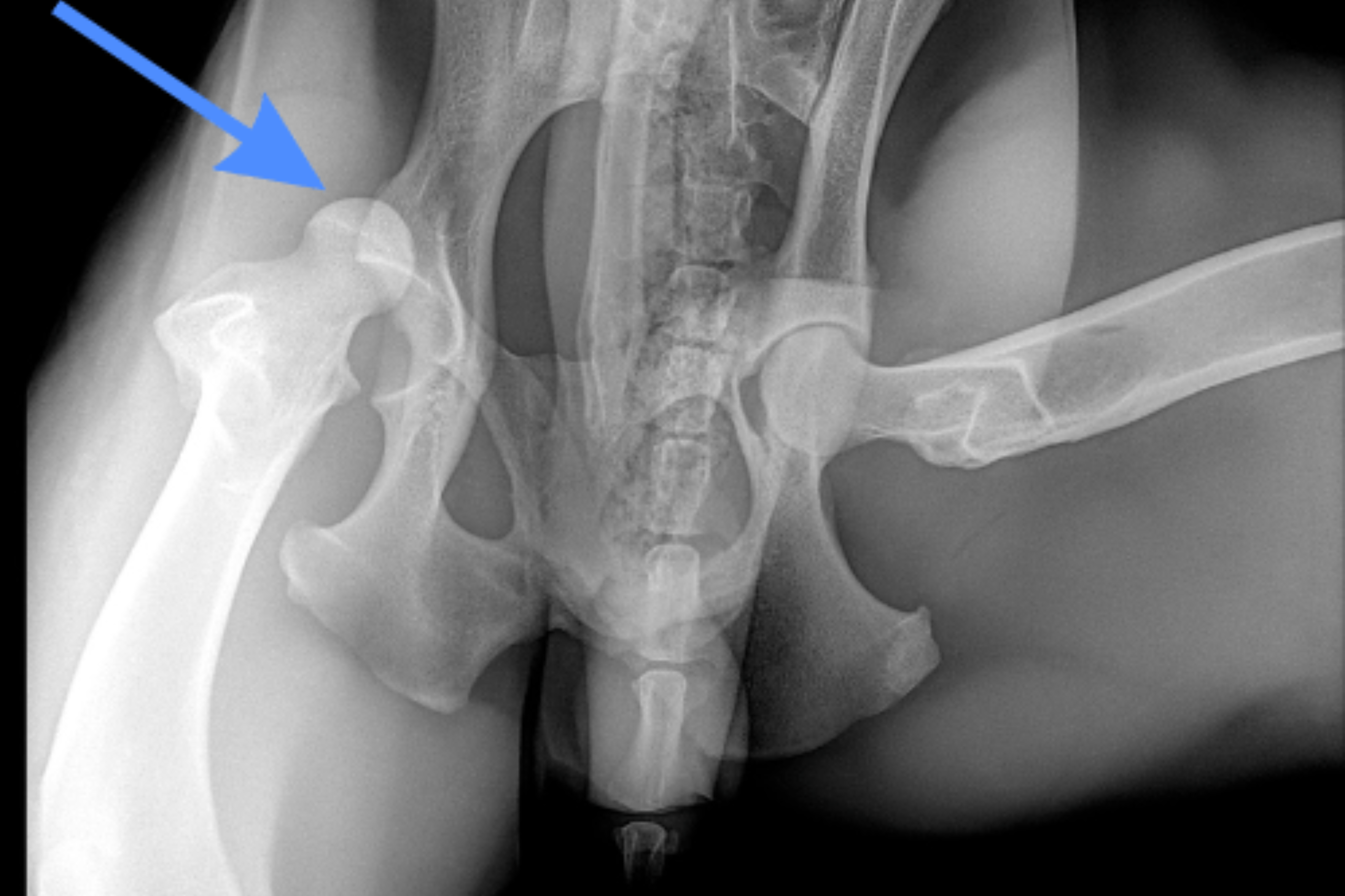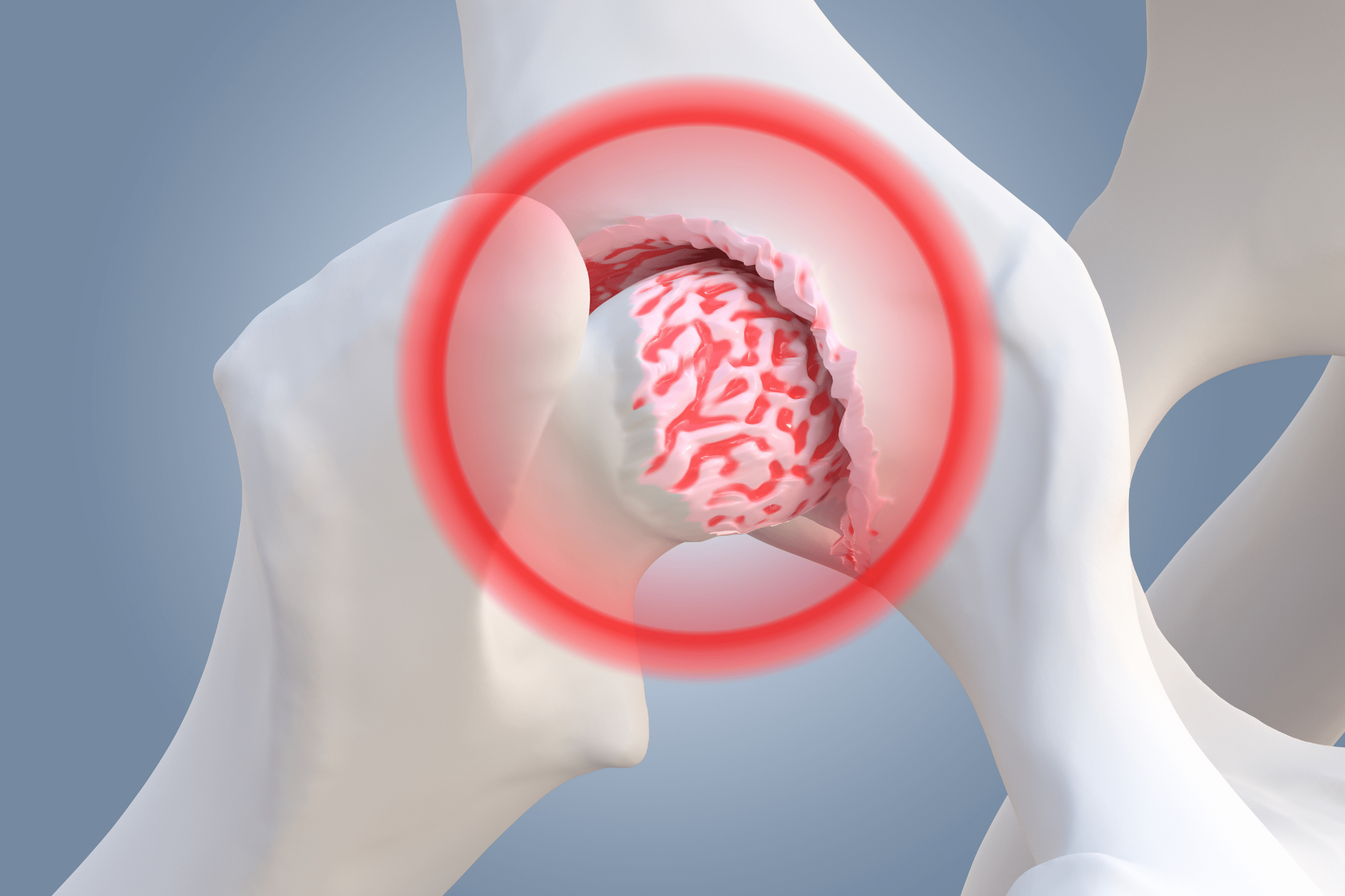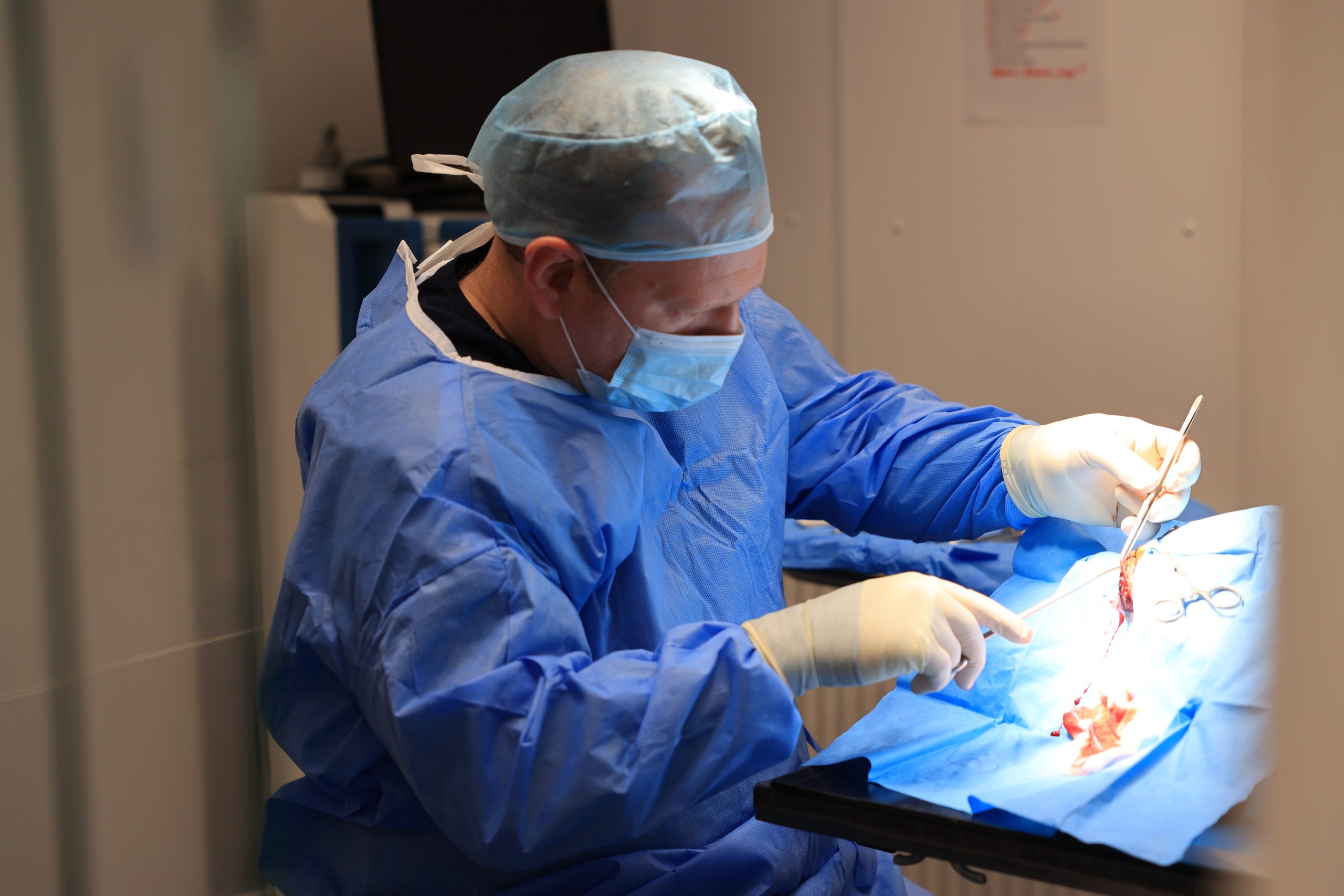
Hip Surgeries
Hip Problems
Hip problems are common in pets, especially in certain dog breeds and older animals. Various conditions, including hip dysplasia, Luxation arthritis, and traumatic injuries, can lead to pain and mobility issues. Fortunately, several surgical and non-surgical treatments are available to help pets live more comfortably.
Hip Luxation
- Genetics: It is often an inherited condition, particularly in small breeds like Pomeranians, Chihuahuas, and Yorkshire Terriers.
- Trauma: Injuries to the knee can lead to patellar luxation.
- Anatomical Abnormalities: Structural issues in the bones or muscles can predispose a pet to this condition
Hip Dysplasia
- Breed: Small dog breeds are more commonly affected.
- Age: Young dogs may show signs early, but older pets can also develop the condition due to wear and tear.
- Weight: Obesity can exacerbate the problem by putting extra stress on the knee joint.
Arthritis
- Limping or Skipping: Pets may intermittently hold up the affected leg or skip while walking.
- Knee Popping: You might notice the knee joint “popping” in and out of place.
- Lameness: In severe cases, pets may struggle to walk or bear weight on the affected leg.
- Pain: Pets may show signs of discomfort, such as yelping or reluctance to move.

Hip Toggle Surgery
The hip toggle technique involves utilising a toggle pin or a similar device to securely reposition the femoral head within the acetabulum, which is the socket of the hip joint. This procedure effectively stabilises the joint, facilitating optimal healing. Typically, the toggle pin is inserted through a small incision and firmly anchored to the bone to ensure the luxated hip joint remains properly aligned during the recovery process.

Femoral Head Ostectomy (FHO)
FHO Procedure
Once the pet is under anesthesia, the surgical site at the hip joint is meticulously prepared, and an incision is made to access the hip joint. The surgeon skillfully removes the femoral head from the femur with specialized surgical instruments, eliminating the painful bone-on-bone contact that leads to discomfort in the hip joint. Following the removal of the femoral head, the surrounding muscles and soft tissues are carefully repositioned and sutured to ensure lasting stability and support.
FAQ
Hip toggle recovery?
FHO Recovery?

Book an Appointment:
If your pet has a fracture that may require surgery, contact us to schedule a consultation. Our team is ready to provide the expert care needed to help your pet recover and get back to their active self.

